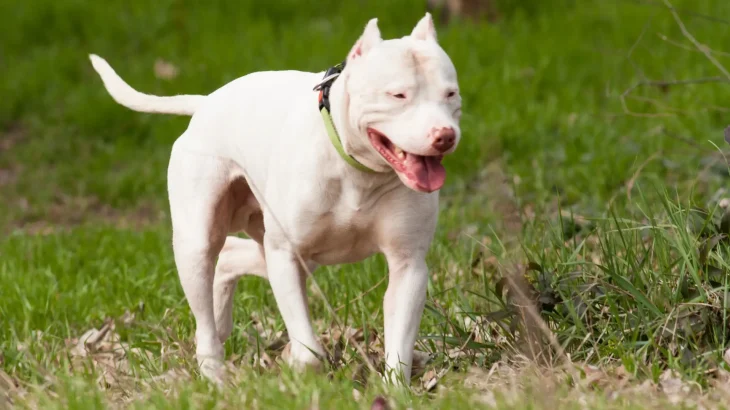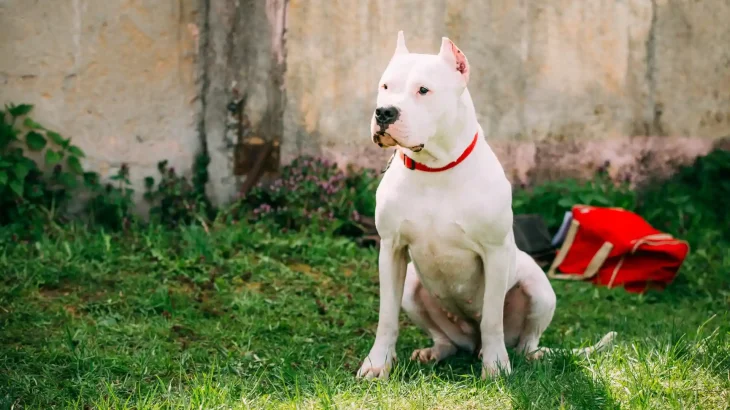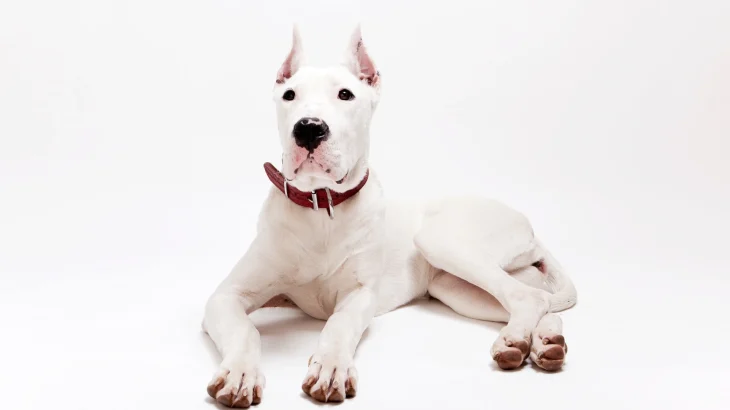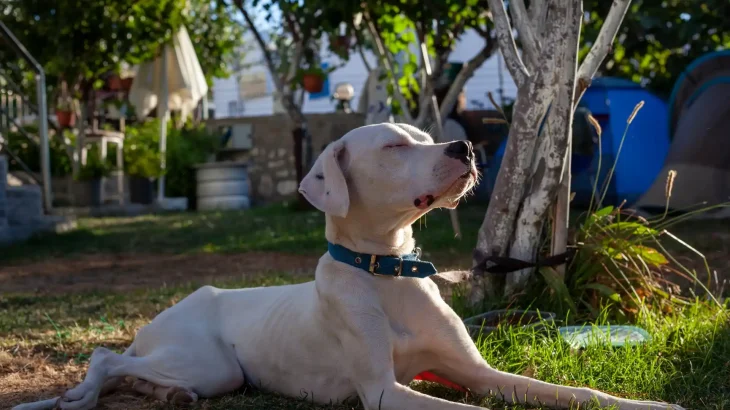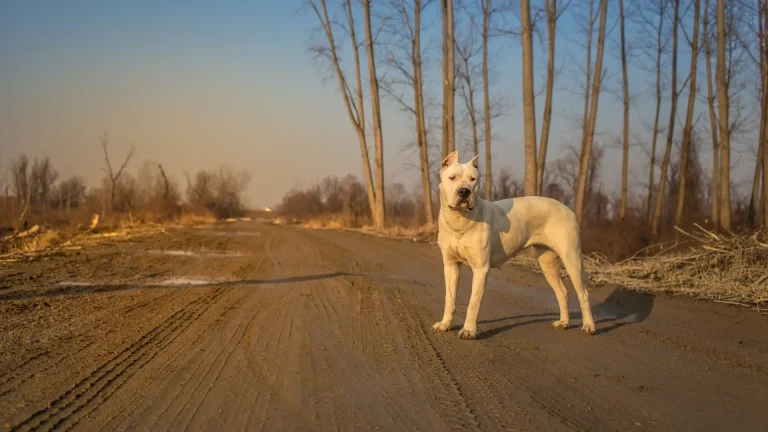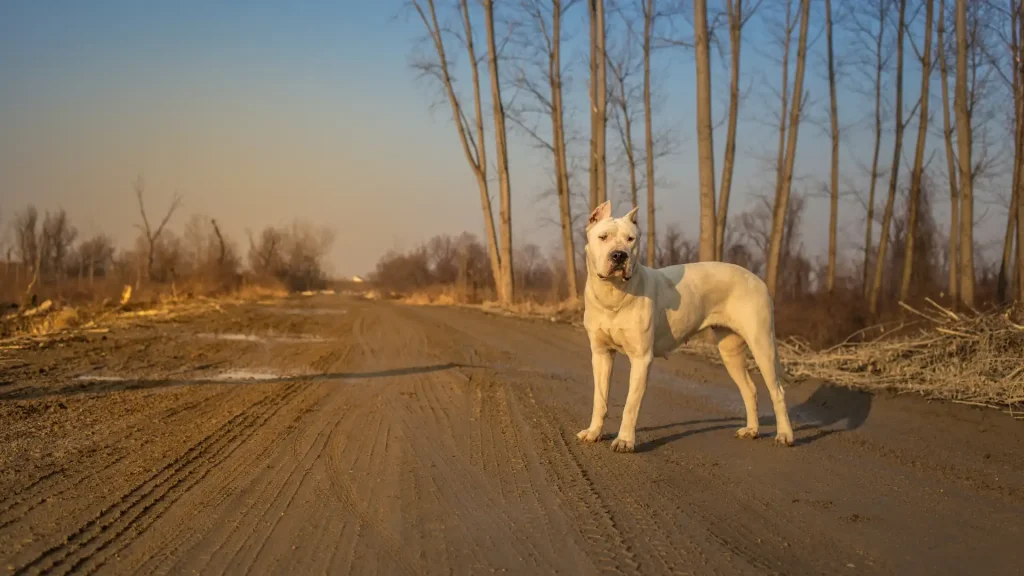Deciding whether to adopt or buy a Dogo Argentino puppy depends on what you value most: predictability and detailed history versus giving a dog a second chance at a loving home. Purchasing from a breeder typically offers insight into health and lineage, while adopting may involve less certainty but supports rescue efforts.
| Criteria | Buying from Breeder | Adopting from Shelter/Rescue |
|---|---|---|
| Cost | Higher upfront cost due to purebred status and breeder care. | Lower adoption fees, often covering vaccinations and spaying/neutering. |
| Health History | Usually comprehensive health records and screenings. | Health background may be incomplete; basic checks typically done. |
| Age Availability | Mostly puppies, ideal for raising young. | Various ages, including adults and seniors. |
| Temperament Insight | Breeders can share lineage-based temperament info. | Behavior observed during shelter stay; full history may be unknown. |
| Ethical Considerations | Supports breed preservation if reputable breeder is chosen. | Provides a home to dogs in need, reducing shelter populations. |
| Breed Purity & Pedigree | Assurance of purebred status and pedigree documentation. | Purity may be uncertain; pedigree usually unavailable. |


